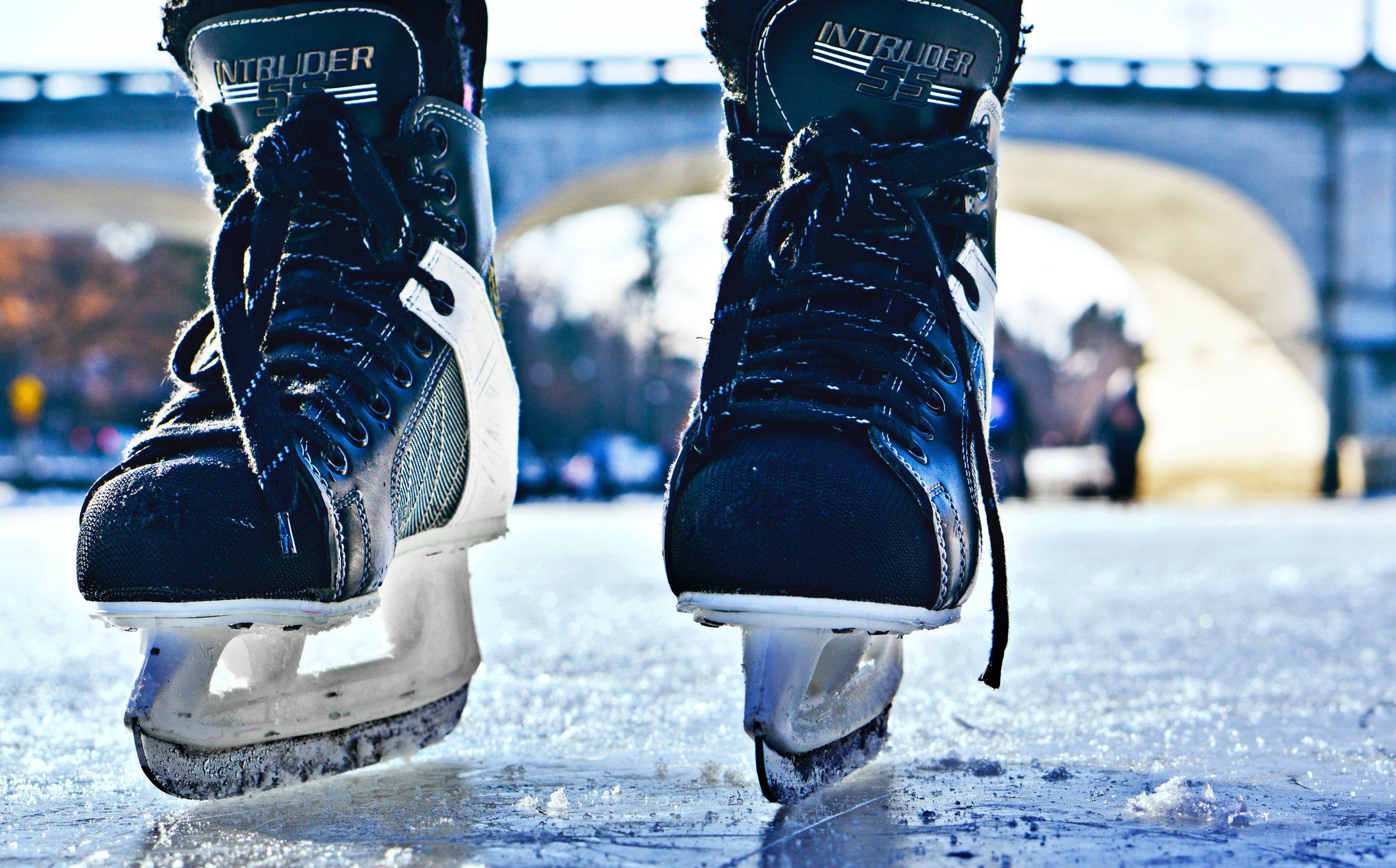Tips for Staying Safe and Active in the Winter
 The cold season might have gotten off to a slow start, but given the chilly temperatures and intense snowfall that tore across the Midwest and the Northeast this past weekend, it’s safe to say — winter is here. But that doesn’t mean that you have to put a freeze on your training as well. Even though the days are shorter and the weather is nastier, you can still enjoy an active exercise regimen throughout the winter; you just have to take a few extra precautions to help reduce your risk of injury. Here are a few tips for staying safe until the spring!
The cold season might have gotten off to a slow start, but given the chilly temperatures and intense snowfall that tore across the Midwest and the Northeast this past weekend, it’s safe to say — winter is here. But that doesn’t mean that you have to put a freeze on your training as well. Even though the days are shorter and the weather is nastier, you can still enjoy an active exercise regimen throughout the winter; you just have to take a few extra precautions to help reduce your risk of injury. Here are a few tips for staying safe until the spring!Layer Up
Being outside in cold weather puts your body at risk for both hypothermia (a decrease in core temperature) and frostbite (freezing of body tissue). Thus, it’s imperative that you make proper clothing choices before you head out the door. Layering is key when it comes to winter attire, as it allows you to stay comfortable as your body heat rises. Rather than burrowing inside a bulky winter jacket, you should dress in a few layers of lightweight, synthetic material (always avoid cotton, as it will stay cold and damp as you sweat) Then, if you find yourself getting overheated during your workout, you can always shed a layer or two. Additionally, be sure to wear a hat, gloves, and warm socks to protect your extremities, and always pack an extra set of dry clothes.
Warm Up Properly
To be sure, a proper warm-up should always be an essential part of your workout. Even if you play a winter sport (such as basketball or wrestling) that takes place in a temperature-controlled gymnasium, you can reduce your risk of high-incidence injuries with an active dynamic warm-up. But warming up is even more important when you face a chillier environment. Why? When the temperature drops, your body has to work harder to perform the same tasks, and this can cause your joints and muscles grow stiff. Not only can this make you more sore, but the lack of elasticity can put you at a greater risk for injury. Therefore, you should always start out with at least 10 minutes of stretching and exercises to loosen your muscles and increase your body’s temperature. Click here for more info on designing your dynamic warm-up.
Hydrate
You get thirsty when it’s hot out, so you should be fine leaving your water bottle at home in the winter, right? Think again! In fact, studies have shown an increased risk for dehydration in cold weather. Not only do our bodies work and sweat harder under the extra clothing, but we also lose more water to respiratory fluid loss than we would in warm weather. Additionally, our body adapts to the cold air by sending less blood to the extremities (hence, why our fingers and toes get so chilly) in an attempt to maintain core temperature. That warm blood in our core region can then lead to increased urine production which, in turn, contributes to dehydration. All of this is to say that it’s just as important to stay hydrated in the winter, even if you don’t feel as thirsty. So bring extra fluids and, if possible, cover your mouth and nose to decrease respiratory fluid loss.
Take Precautions
One of the most effective ways to prevent a winter athletic injury is to be prepared. In addition to what we’ve already covered (proper attire, warming up, hydration), this means understanding the particular dangers involved with your activity and knowing how to reduce those risks. Our friends at Children’s Hospital Colorado have compiled a helpful preparation guide for those looking to have some winter fun, so be sure to check it out before you go lace up the ice skates or pull the toboggan out of the shed. Finally, always be sure you understand the warning signs for serious exposure conditions. Though a trip to the ER for hypothermia might kill the high of your workout, it’s certainly better than letting it go untreated.
![HR Logo [Recovered]_Full Color Vertical-1](https://blog.healthyroster.com/hs-fs/hubfs/HR%20Logo%20%5BRecovered%5D_Full%20Color%20Vertical-1.png?width=199&height=178&name=HR%20Logo%20%5BRecovered%5D_Full%20Color%20Vertical-1.png)


